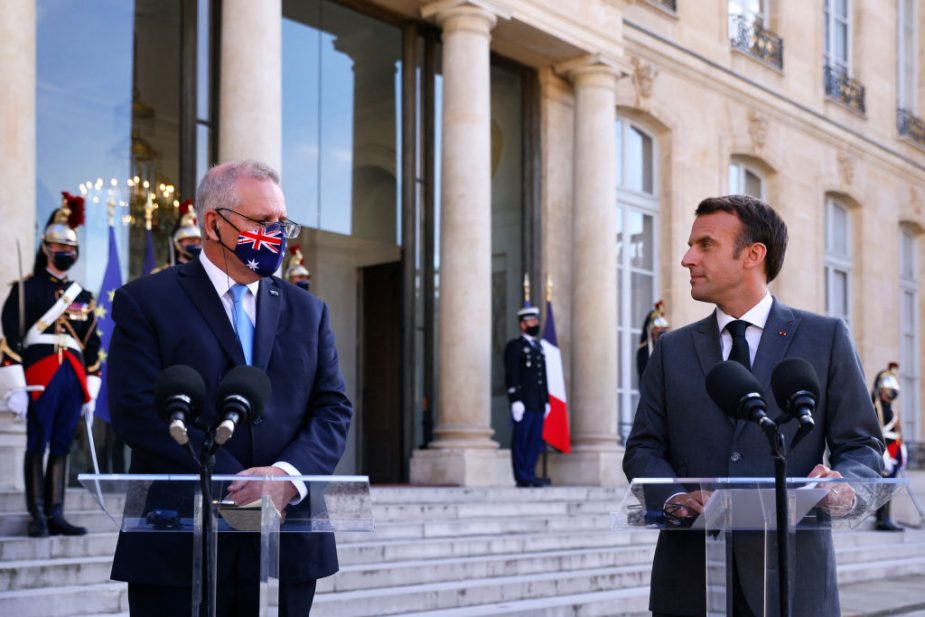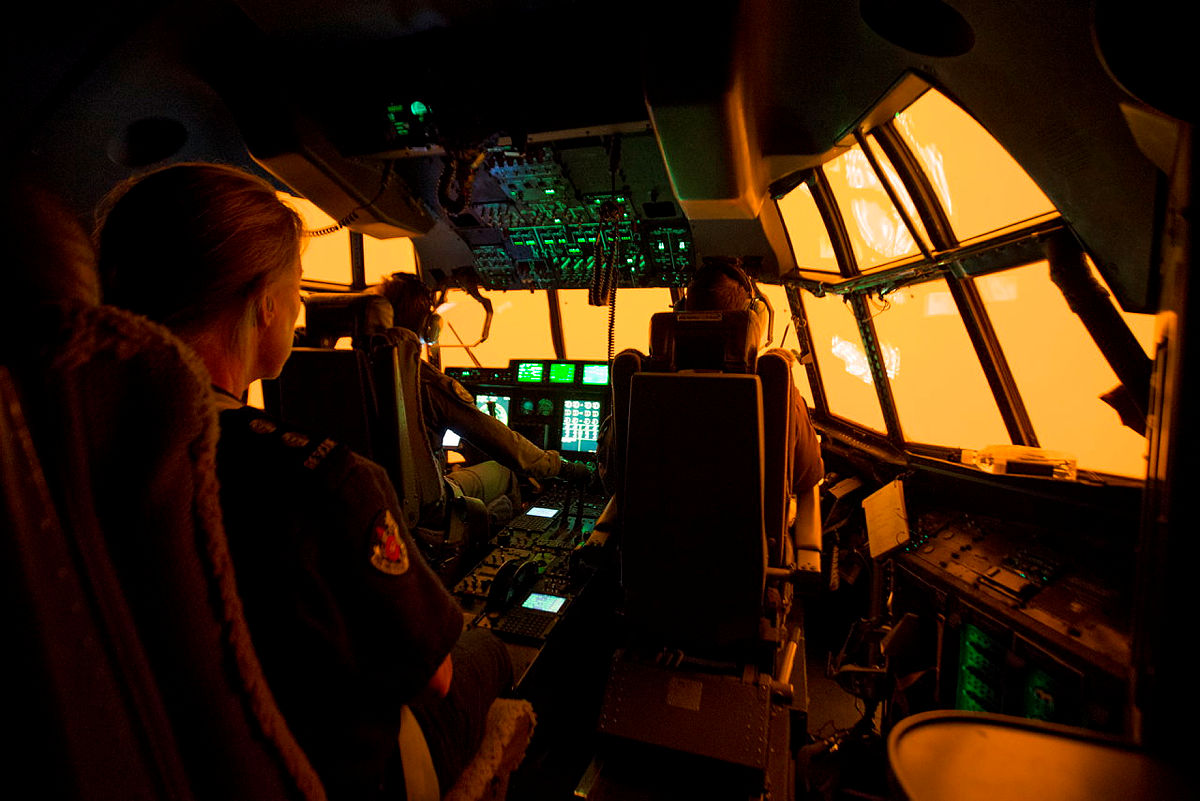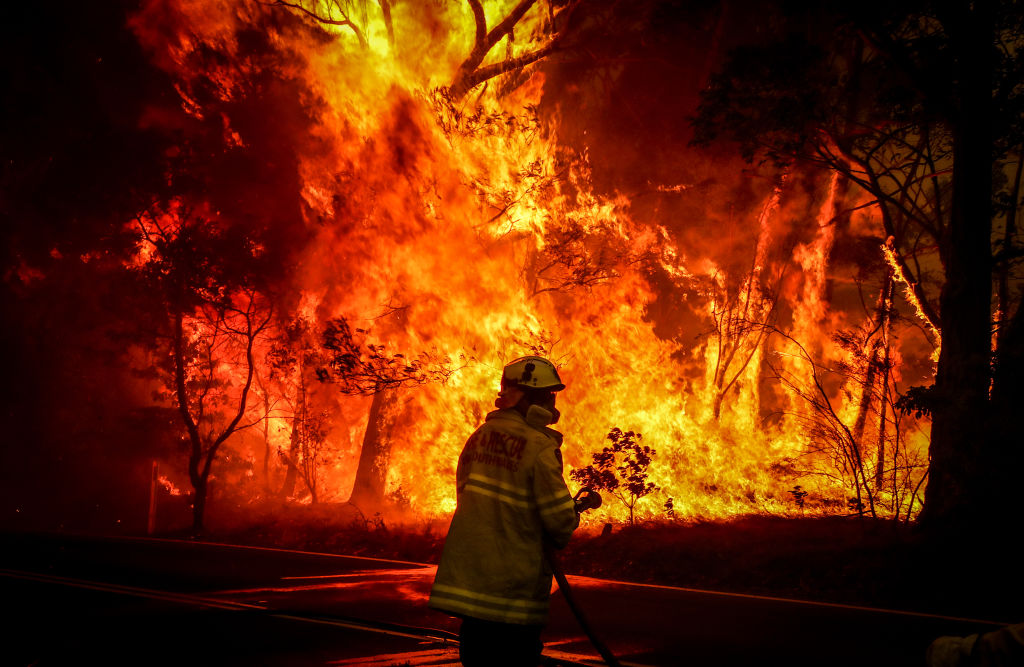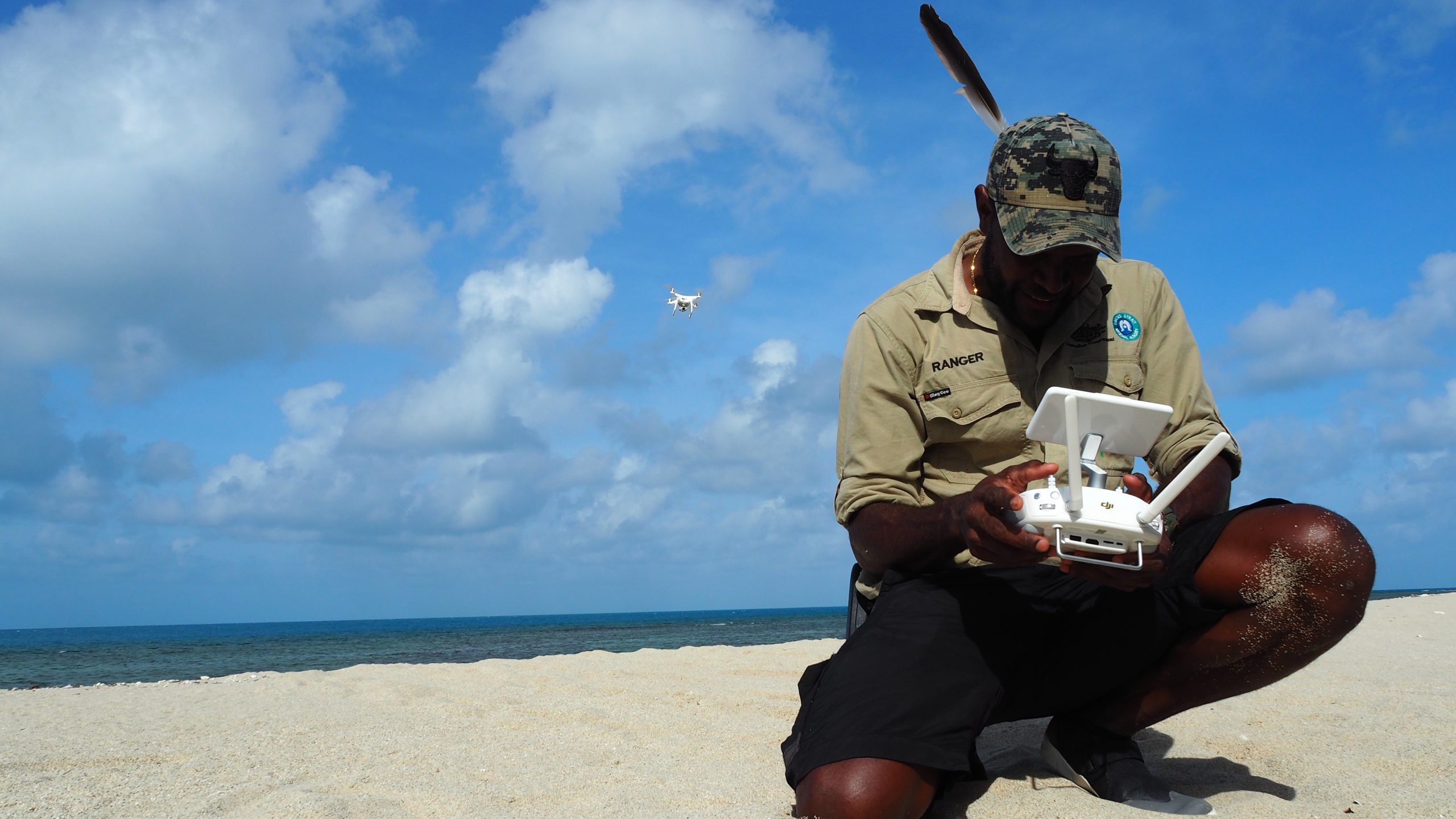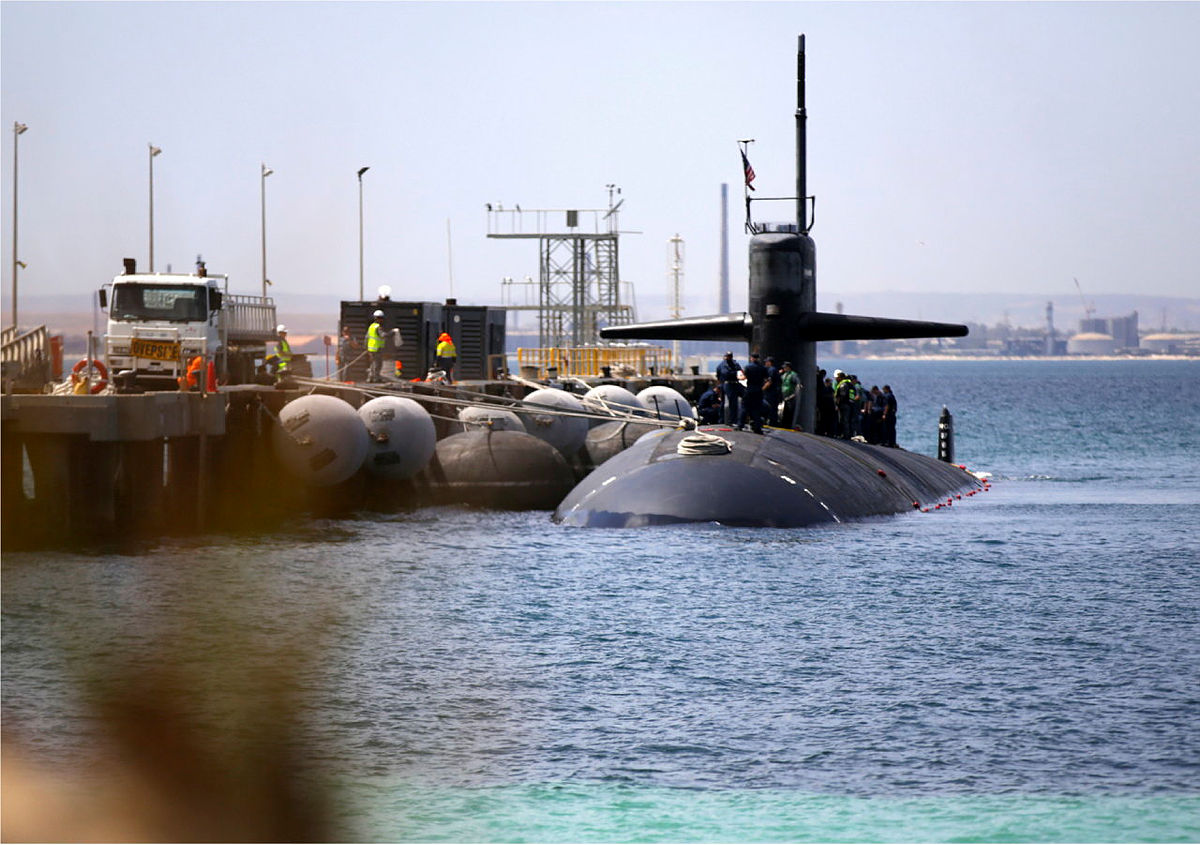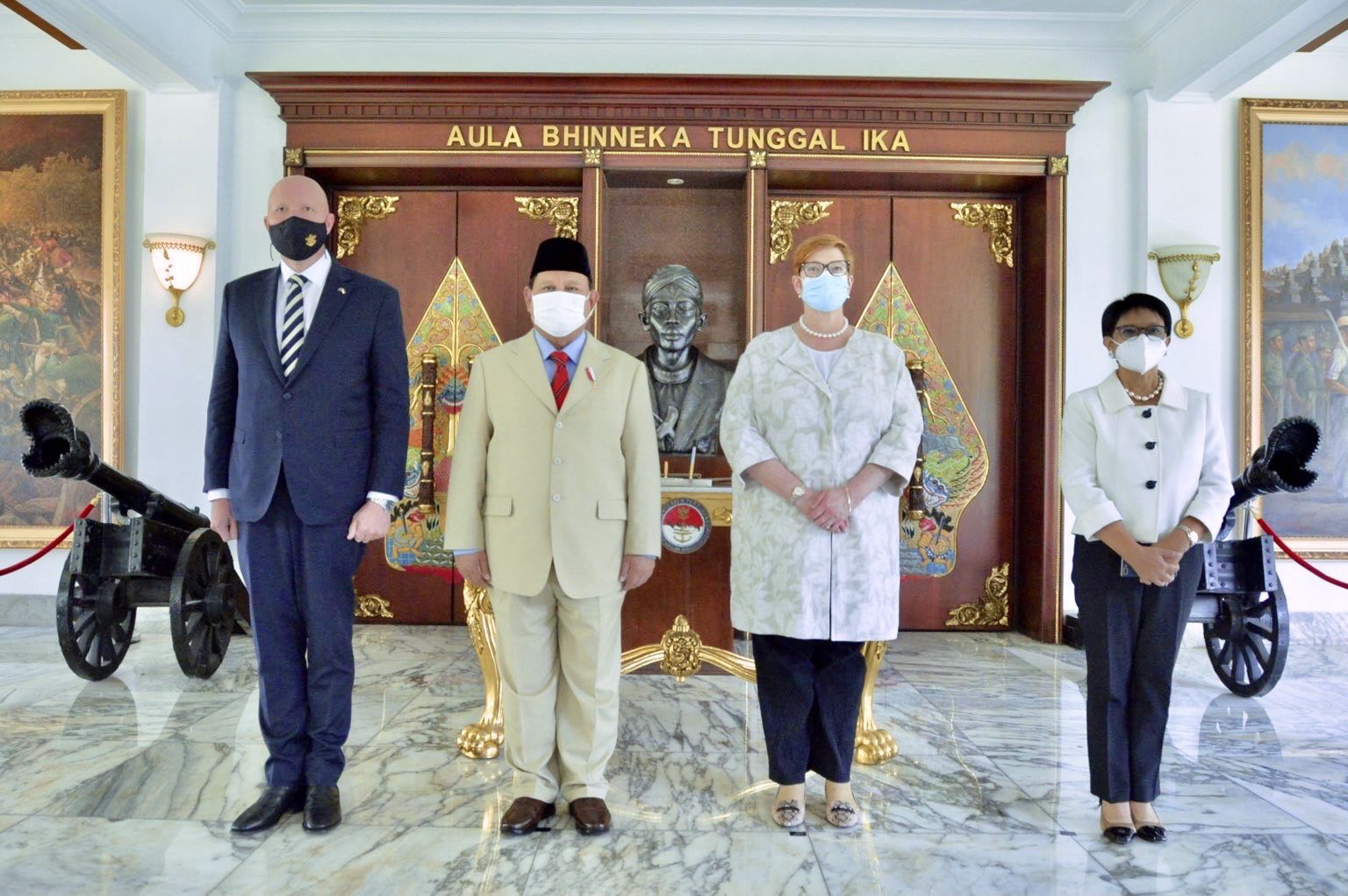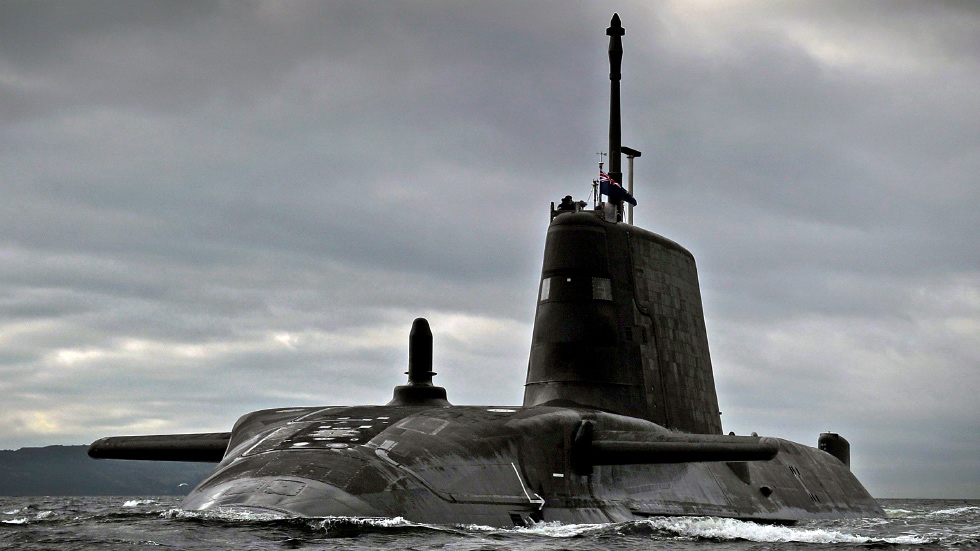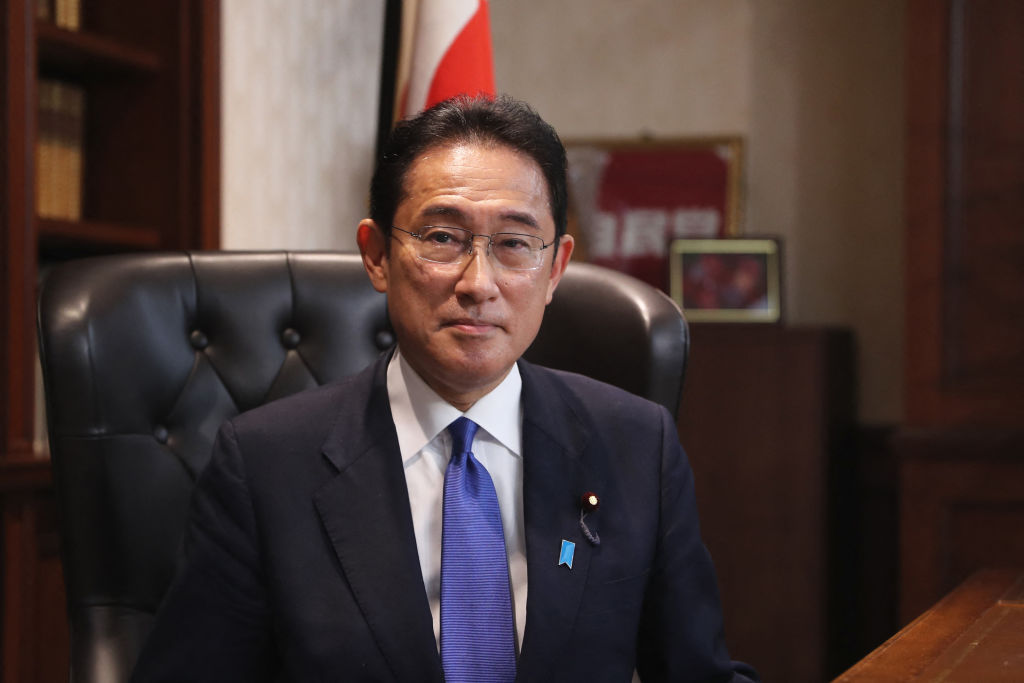AUKUS and Australian grand strategy
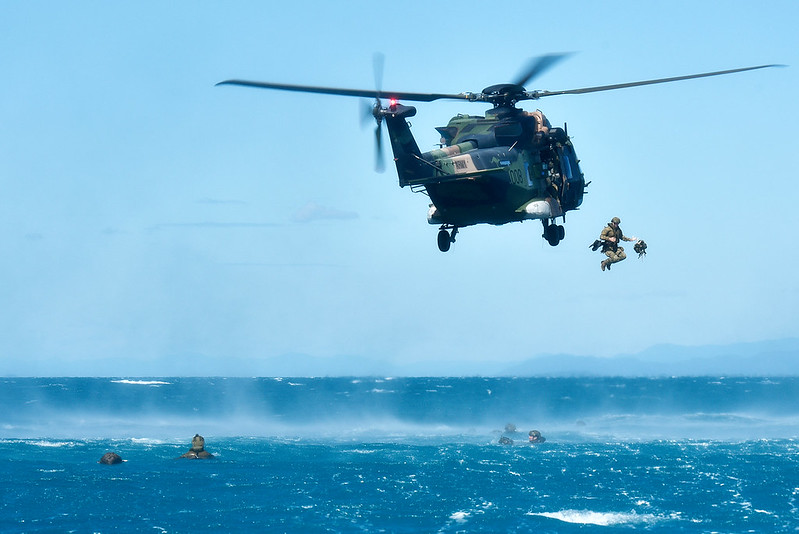
Having a coherent strategy matters. It allows the effective allocation of scarce resources. It provides a framework against which events and trends can be assessed, helping to guide bureaucratic action, diplomatic activity and military posture. It’s essential to statecraft. So, what does AUKUS agreement with the United States and United Kingdom say about Australian grand strategy?
Former intelligence boss Allan Gyngell makes the case that Australian foreign and defence policy has traditionally rested on three planks: alliances, regional engagement and support for a rules-based order. When these work well, as under a grand strategy, they mutually reinforce each other, strengthening Australia’s security and posture.
While alliances are a strategic multiplier enabling Australia to act and influence events, they come at a cost to independence. It’s unsurprising that Australian decision-makers value cultural bonds and exclusivity—better to sacrifice independence to few and the familiar. As former Department of Foreign Affairs and Trade secretary Peter Varghese has put it, Australia has traditionally felt more comfortable in the slipstream of others in the projection of power.
A reasonable question is why Australia has not done more in the region, particularly given our traditional focus on engagement in it. The reality is that the region has not offered firm ground for deep foundations.
Regional nations are much more comfortable with comparatively non-challenging if worthy activities—one- and two-track dialogues, humanitarian assistance, counterterrorism training and multilateral forums that offer a chance to exchange pleasantries. They are much less inclined to engage in activities emblematic of deepening relationships such as intelligence exchanges, mutual defence pacts or cooperation in capability development.
There have been successes, but their infrequency makes the point—the 1995 Australian–Indonesian Security Agreement is one such case. Australia is hardly blameless: Tony Abbott’s effort to engage the Japanese in the submarine program when he was prime minister showed the right instinct but poor delivery. The Quad has a way to go: it has a team and has taken a stance but has yet to open the batting.
Regional engagement is proving a long-term endeavour, requiring sophistication and constant attention, but with uncertain progress. Australia will continue to reach extra-regionally for its alliance relationships.
The longer term result has been a bifurcated approach to Australia’s strategic posture. The 1987 defence-of-Australia doctrine—emphasising the air–sea gap as a determinant of force structure—has morphed over time into a more isolationist set of border policies, a militarised customs agency, now the Australian Border Force, a worrying focus on internal security, and military assets that fit well into distant US commitments.
That takes us to the rules-based order. Australia, like other smaller powers, has long been a beneficiary of the liberal-democratic, free-market order shaped by US dominance.
That order, however, has been noticeably fraying. By 2017, the foreign policy white paper recognised direct challenges to international rules, particularly by authoritarian models. The 2020 defence strategic update identified a commensurate increase in ‘grey-zone’ activities, typically enabled by digital technologies, that skirt accepted behaviours.
The rules-based order has become a clash of norms. The remedies traditionally pursued by the Australian government—supporting the US, enhancing existing force structures and heightening our own walls—no longer suffice. The US position is contested in the region and weakened at home. Conventional military assets are not well suited to grey-zone activities and other tools of state, including the diplomatic service, have been depreciated over the years. Australia, highly dependent on trade, immigration and foreign technologies and capital, cannot afford isolation.
AUKUS is a recognition that that the planks of strategic posture as they have evolved no longer meet Australian needs and that geostrategic change demands more than incremental improvement. It implies a worldview and a purpose larger than simply retaining the status quo, dilating the strategic lens of Australian foreign and defence policy.
It draws attention to other elements—regional relations, international order—and the tools of state. Arguing that one wants to do more, or even offset China, in technological competition alone will not suffice in a clash of norms or contest of ideologies.
If, as author and scholar Hal Brands argues, grand strategy is a ‘purposeful and coherent set of ideas about what a nation seeks to accomplish in the world, and how it should go about doing so’, then there is much more yet to be done.
The government needs to craft a coherent purpose, a narrative, for Australia in the world. That won’t come easily: Australians are pragmatists, uncomfortable with soaring statements of aspirations and values. Yet an absence of tested motivating principles, of ambitions, of values in Australian strategic thinking is an Achilles’ heel. It leaves decision-makers open to mistaking group-think for the ‘conceptual centre of gravity’ needed to shape and maintain a coherent strategy and opens the way to ever more illiberal measures taken in the name of security—something that’s dangerous in a contest with authoritarian states.
Even allowing for time to deepen the Quad, Australia needs to do more with the region. That requires more of the tools of statecraft and institutions than the military and intelligence community. AUKUS has a technology focus: investment in ideas, education, research, and social and community ties—evident in other Western democracies and institutions—will also have broader value in supporting liberal democracy and prosperity.
During such a period of change and turmoil, a strategy based on a coherent set of principles, values and aspirations, backed by investment, is needed more than ever. Shiny new kit, grand announcements and promises are no substitute for the hard work of building and sustaining a national consensus and broad capability for the future we want.

